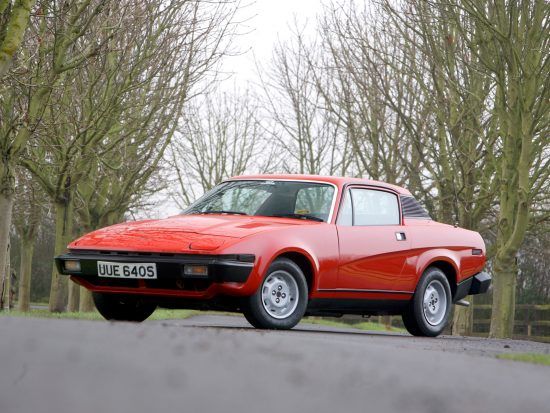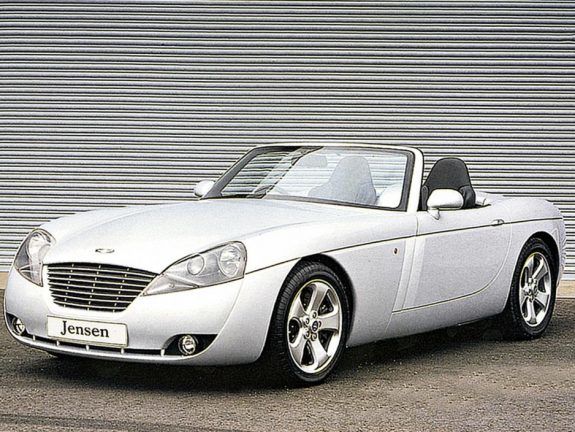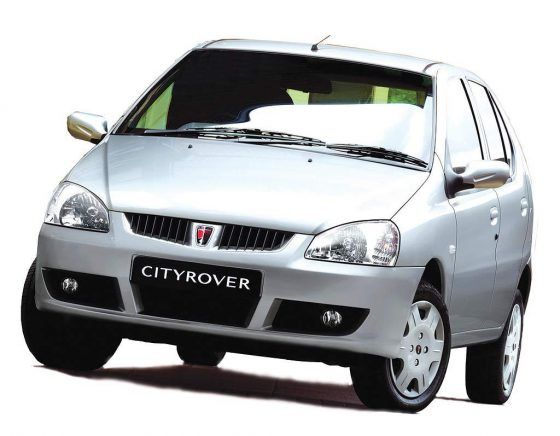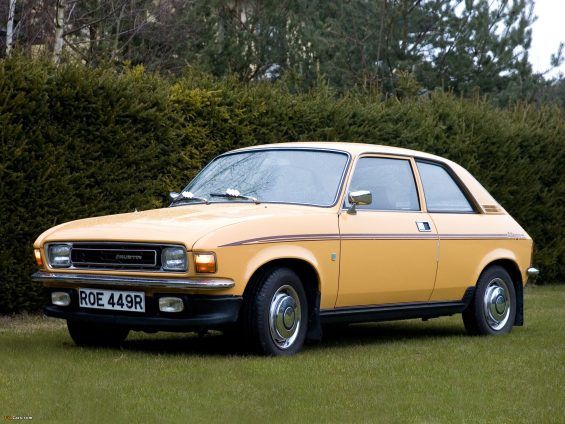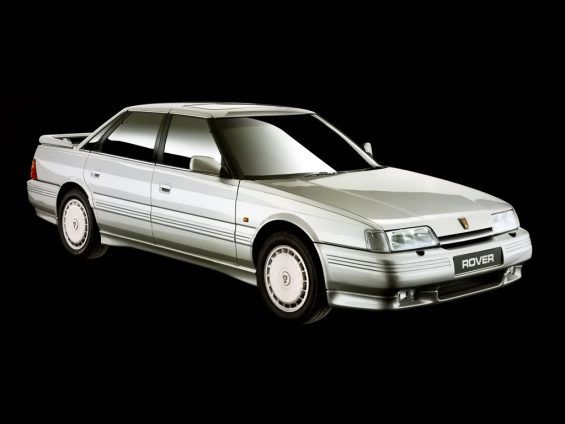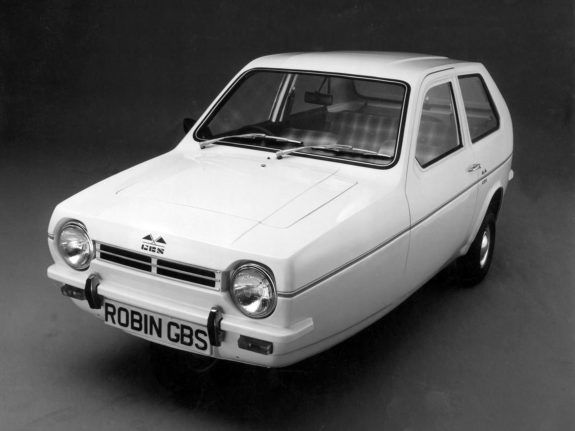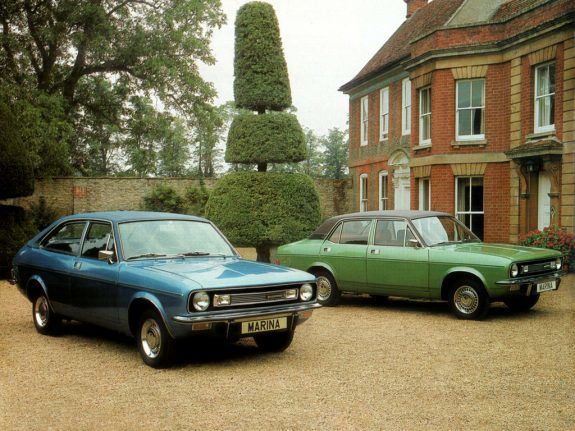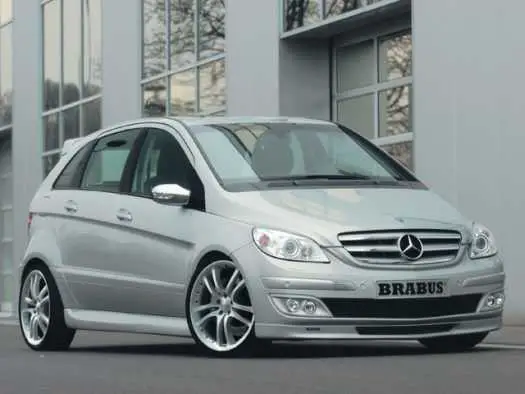Top 7 Worst UK Cars Ever Built
Ever wondered what the worst model of cars built in the UK were? Check out this list of the worst UK cars ever made.
Table of Contents
Triumph TR7
Legend has it that when legendary Italian car designer Giorgetto Giugiaro first clapped eyes on the TR7 in 1974, he walked around the car, paused for a moment, and then cried: “My god! They’ve done the same on this side as well.”
His words pretty much summed up a universe of feeling towards the TR7, which was ridiculed from the off thanks to its challenging ‘wedge’ looks.
The styling was the least of the car’s worries though, as unlike its TR6 predecessor, the TR7 was only available as a hard top for the first five years of its production life, had four cylinders instead of six and ditched independent rear suspension to save costs.
Jensen SV-8
The SV-8 was the last car to be produced by semi-legendary British sports car manufacturer Jensen in 2001. The company had been away for 22 years on account of being broke, when it took the wraps off the SV-8 at the 1998 British International motor show. On sale three years later, the car got a lusty 4.6-litre Mustang V8 engine and was good for 160mph.
Trouble was, the car was assembled on a shoestring budget and after just 20 SV-8s were finished, Jensen went bust…again. 11 more cars were eventually built and sold by a wealthy privateer and each one suffered from the same parts bin interior, panel gaps the size of small islands and drawn-on-absinthe looks.
CityRover
When Rover introduced the CityRover in 2003, the company famously refused to lend one for Top Gear to test. That says all you need to know about the car, which was overpriced, under-equipped, poorly built and dull as dishwater. After two years the CityRover – and Rover itself – were no more.
Austin Allegro
Equipped with a square steering wheel and famous for being more aerodynamic going backwards than forwards, the 1973 Austin Allegro was certainly an intriguing car.
‘Intriguing’ doesn’t mean ‘good’ though, and thanks to atrocious reliability that earned it the nickname ‘All Aggro’ and looks that earned it the nickname ‘Flying Pig’ – the Allegro was a steaming turd of a car.
Some of its most notable issues were wheels which had a tendency to fall off at random and rear windscreens which would pop out when the car was jacked-up.
The car’s oddly raised appearance was the result of Austin fitting its A-series engine under the bonnet, which had a tall and thin block that didn’t fit with the designer’s original coupé-like plans.
Rover 800
Austin Rover released the 800 executive saloon in 1986. The model was co-developed with Honda, as AR had entered into an alliance with the Japanese firm seven years earlier.
The 800’s development plan was simple and also quite brilliant: Honda would oversee build quality and engineering, and Austin Rover would add its expertise in styling and suspension tuning.
Unfortunately, Austin Rover decided not to listen to any of Honda’s stellar advice and instead produced a car with doors that didn’t fit and dashboards that faded and curled up in hot weather – it was simply saddled with shocking reliability.
The car was a sales flop and quickly had to be revised at great cost. Honda’s version of the 800, the Legend, was heaps better.
Reliant Robin
Imagine a car that only has three wheels and the front wheel is centre-mounted. Now, imagine that the front wheel is the one that controls the steering – how crazy would that be? Oh, wait.
Made of plastic and with the stability of a mid-game Jenga tower, the Reliant Robin found favour with Northern miners in the 1970s who could drive the car on a motorbike license and…no, I’m sorry, I’m out of things to say about the car. It’s too awful.
Morris Marina
The Marina is the car that Top Gear used to routinely dropped grand pianos onto, which kind of sets a precedence for how bad it is. Firstly, it arrived in 1971 but was based on the Morris Minor, a car that had been on sale since 1948.
This meant it was outclassed in terms of driving dynamics by its arch rival – the Ford Cortina – with all the cornering stability of a blancmange. Then there was the styling. High-sided and dumpy at the rear, the car was once referred to as looking as though it was wearing a “full nappy”.
Quality was the Marina’s real problem though; it was built during a time of great political and industrial unrest with factory workers striking for weeks on end about everything from pay to managerial decisions.
This meant that cars were rushed as Morris struggled to deliver orders and vital line-off checks were missed. Today, just 120 of the 807,000 Marinas produced are still on UK roads.
Amazon and the Amazon logo are trademarks of Amazon.com, Inc, or its affiliates.


